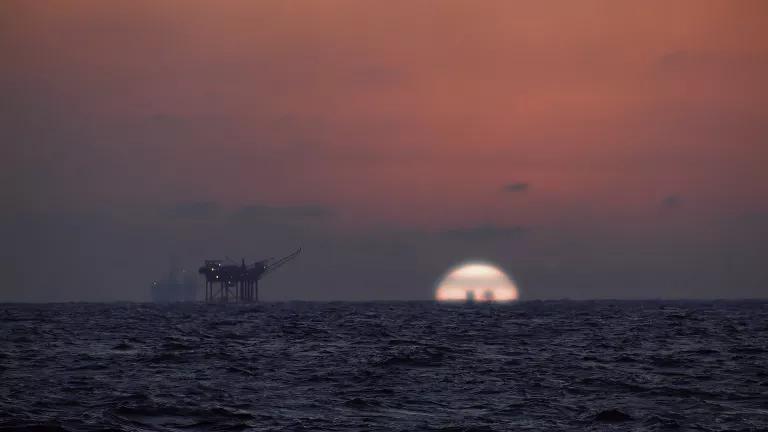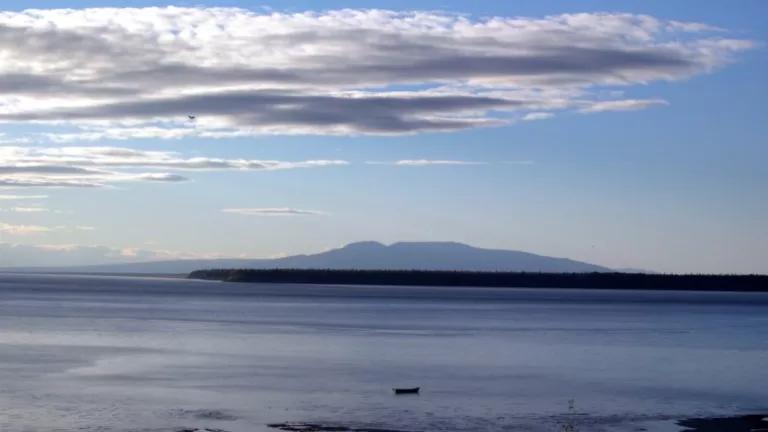Memos, Orders, Oh My! Trump Makes a Keystone XL Mess

It’s déjà vu all over again. Everyone’s talking about the proposed Keystone XL tar sands pipeline. Beginning on March 29, when President Trump unexpectedly published a memo purporting to be a new permit for the embattled pipeline, the project faces a new whirlwind of questions and uncertainties. In just 13 days, Indigenous groups have sued Trump on constitutional grounds, TransCanada has filed a motion to dismiss their Ninth Circuit appeal of the case currently keeping construction stopped, and Trump signed an Executive Order applicable to cross-border infrastructure that conflicts with his March 29 memo that started this whole mess.
In a nutshell, by trying to drum up certainty and hasten construction of a dangerous and unnecessary project, he threw out what little certainty there was about the project’s prospects for ever being built.
Sure, attempting to issue a new permit under his sole authority as President sounds like a recipe for speed, but acting like a dictator is not typically viewed as honoring the bounds placed on presidential power by the U.S. Constitution. As the dust has settled following Trump’s unprecedented actions, it is clear that his move has turned a complex regulatory battle into an outright mess that will lead to more litigation and new delays.
So, what exactly did Trump do?
On March 29, the White House published a memo purporting to revoke the cross-border permit for Keystone XL that was issued by the State Department in 2017. The memo then purports to grant a new permit, via the President’s sole authority. There’s a good chance the memo will not have the effect that Trump wants it to have.
Strangely, this move was followed on April 10 by an Executive Order, which overturns EO 13337—the George W. Bush order that laid out the review process for projects like Keystone XL—and instates a non-transparent, discretionary, closed-to-the-public, fast-track process for many pieces of infrastructure that would cross our international borders. The EO is strange largely because of sequencing—the Keystone XL memo from two weeks ago wasn’t issued in a way that followed the requirements of either EO 13337 or the new order. So, it exists in a legal twilight zone, potentially not worth the paper it’s written on.
So, why did Trump do this?
We assume that there were two big reasons. First, the administration’s attempts to fast track Keystone XL via the State Department’s 2017 permit have been blocked by the federal courts via litigation brought by NRDC and other environmental and indigenous groups. Second, TransCanada, the project proponent, desperately wants to complete pre-construction this year, but is unable to do so because of its most recent loss in the Ninth Circuit. The company has repeatedly asserted that it is in close contact with the Trump administration, suggesting that they may have requested that Trump make this move.
Will this work?
No.
Trump’s greatest achievement here may have been to raise a series of novel legal questions that courts will weigh in the months to come. There were also a number of hurdles facing this project prior to the memo’s release, and those same hurdles still stand tall. What are they, and what new ones have now appeared? It’s a long list:
- The federal court’s injunction. The President cannot unilaterally invalidate court orders like the injunction barring construction of Keystone XL. There will be a multistep process for considering the status of that injunction, and TransCanada’s success is far from assured. The company has started the process off with a motion arguing that the permit issued by the State Department in 2017 is no longer valid and thus that the case is moot. Strangely, though, the State Department has disclosed in its parallel filings that it is continuing with the environmental review mandated by the lawsuit TransCanada is trying to end. This doesn’t send a very strong signal that there’s faith in the legality of Trump’s memo permit.
- Missing federal permits. Despite all the attention garnered by the cross-border permit, there remain a number of outstanding permits to be issued by the Bureau of Land Management and the Army Corps of Engineers. These have a high likelihood of being contentious and could create new problems for the project that President Trump cannot wish away with a memo.
- Nebraska litigation. A case before the Nebraska Supreme Court could invalidate the route permit for the pipeline in the state. This would kick off a new process before the state’s Public Service Commission.
- Politics. While it may have once seemed politically unpalatable for a president to revoke a permit issued by a predecessor, President Trump’s decision to attempt to circumvent the courts and environmental review sets a new kind of precedent. Expect Democratic candidates to be asked to commit to revoke TransCanada’s cross-border permit if they get elected in 2020.
- Angry landowners. TransCanada has been sending letters with incorrect legal assertions to landowners in Nebraska and is ruffling feathers in the wrong way. The company’s need to rely on eminent domain to seize land for Keystone XL is expected to end up in court if things ever get that thought.
- Water protectors. Keystone XL is a flash point. It’s well known around the world and continues to see strong opposition from activists across the country. Despite legislation recently passed in the South Dakota, which attempts to limit people’s rights to protest, expect to see extraordinary resistance to construction should TransCanada ever begin putting pipe in the ground.
Time’s a-ticking for TransCanada and the tar sands industry. The reality of climate change is hastening the end of our reliance on fossil fuels, and projects like Keystone XL have no place in a world trying to wean itself from an unhealthy addiction to oil. Meanwhile, American democracy has no place for the actions of a president who believes he can step over the courts when he doesn’t like the decisions they render.




